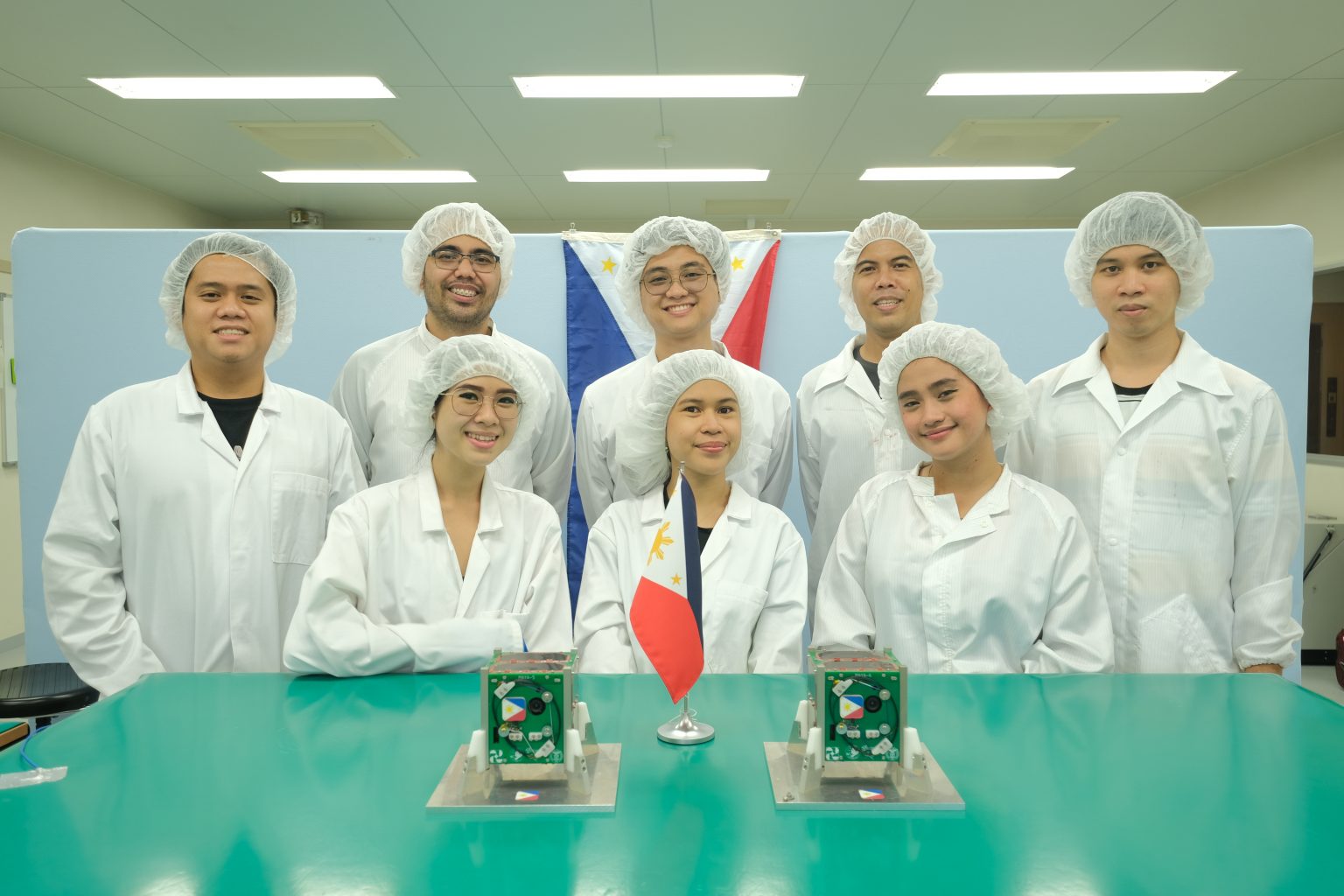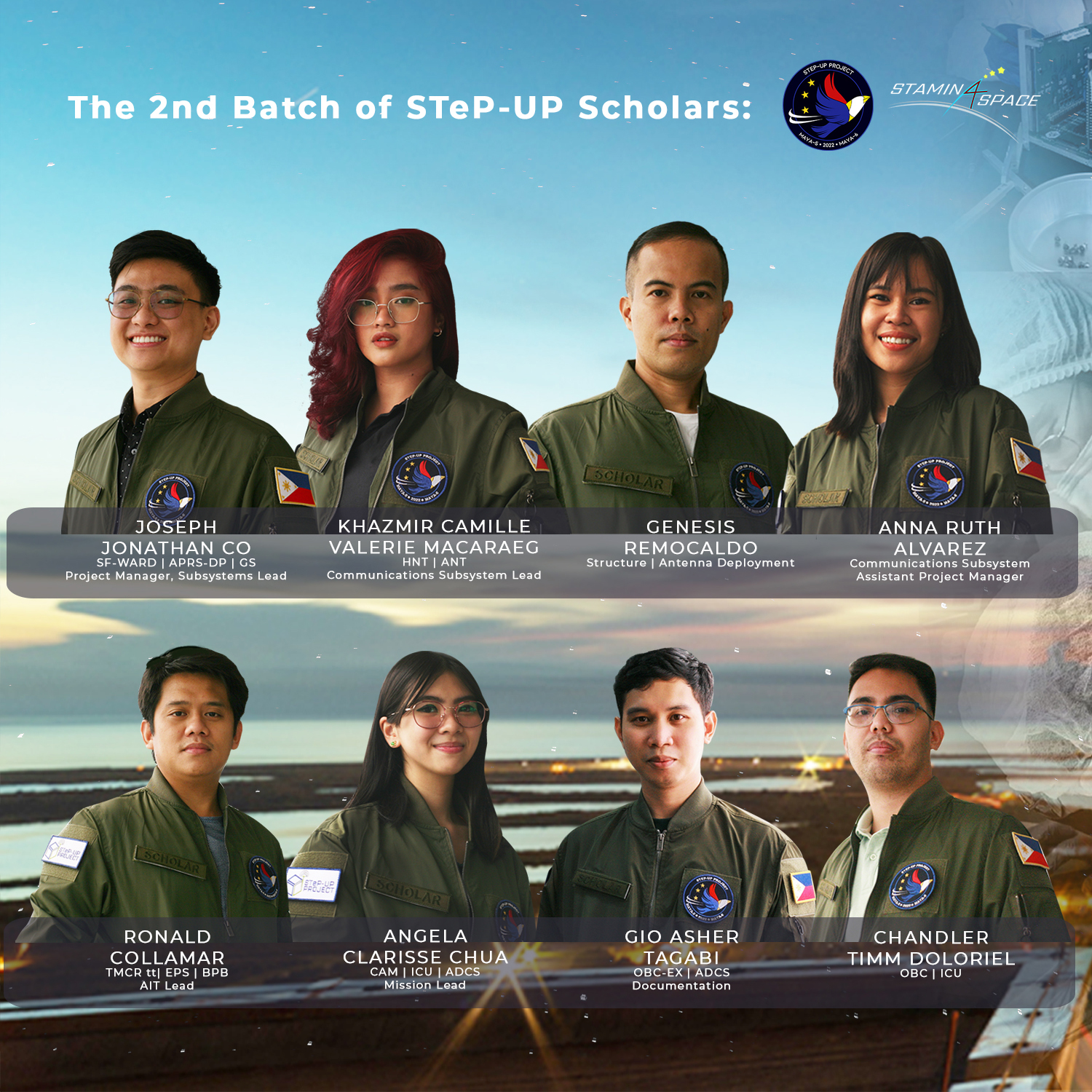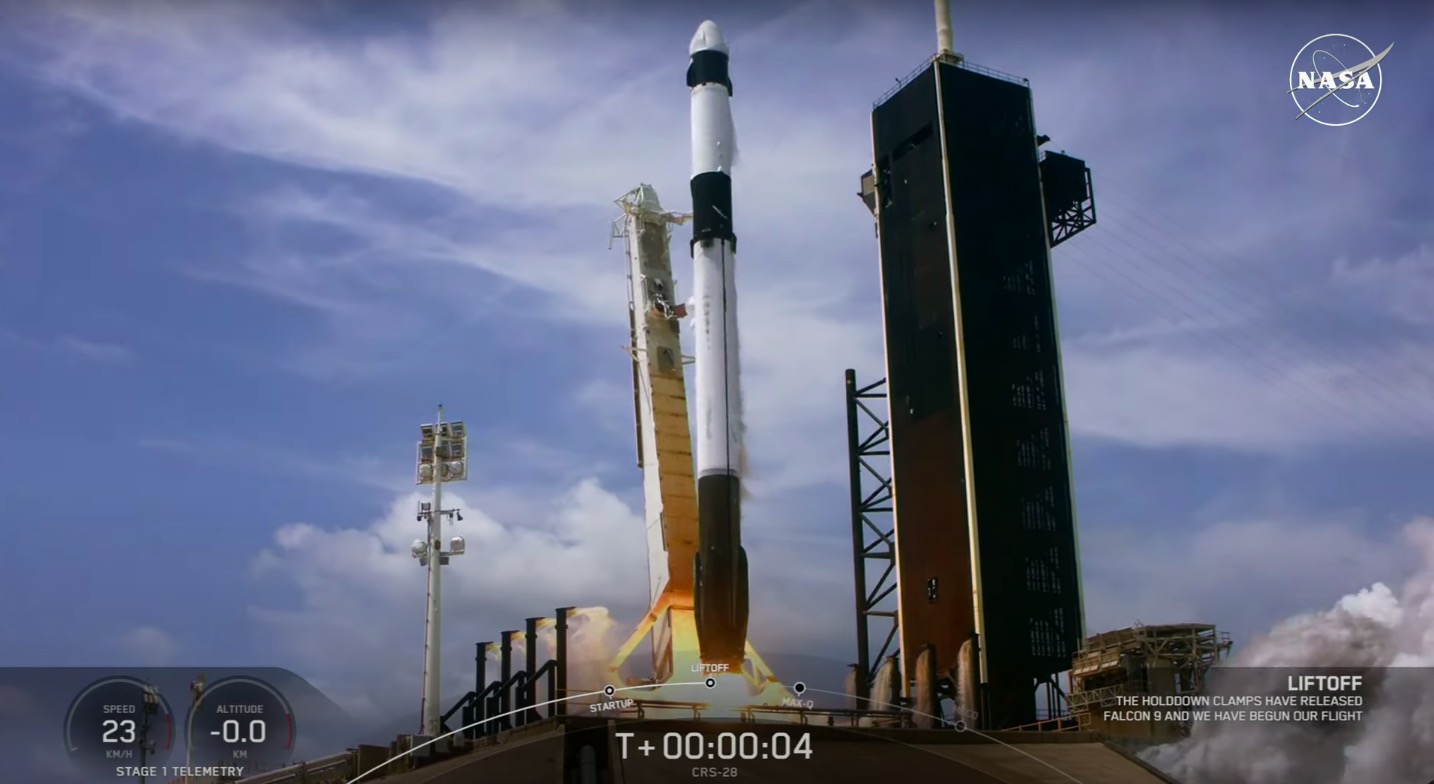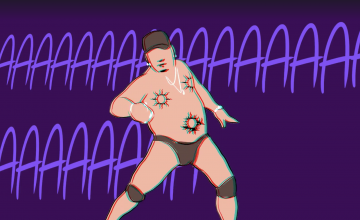Shoutout to the kids with NASA magnets on their fridge (and those who get some boost with every science-related news): We recently made another leap in space.
On Jun. 6, the Philippine Space Agency reported that cubesats (cube satellites) Maya-5 and Maya-6, which are carried by the SpaceX Falcon 9, have been launched to the International Space Station (ISS) on Jun. 5, as part of spacecraft engineering company SpaceX’s 28th commercial resupply mission. These locally made satellites—weighing 1.15 kilograms each—are expected to “move along an orbit similar to the space station’s at an altitude of approximately 400 kilometers once they are released to space.” Maya-5 and Maya-6 represent the latest batch of local cubesats; their predecessors include Maya-3 and Maya-4 (launched in Aug. 2021), Maya-2 (Feb. 2021), and Maya-1 (Jun. 2018).
Maya-5 and Maya-6 were developed under the Space Science and Technology Proliferation through University Partnerships (STeP-UP) project under The Space Technology and Applications Mastery, Innovation and Advancement (STAMINA4Space) Program, which is financially supported by the Department of Science and Technology (DOST). It’s implemented by one of its agencies DOST Advanced Science and Technology (DOST-ASTI), plus University of the Philippines Diliman in collaboration with Japan’s Kyushu Institute of Technology (Kyutech).

The STep-UP scholars with Maya-5 and Maya-6. Photo from Philippine Space Agency/STeP-UP/STAMINA4Space
While the creation of these satellites sounds like an overwhelming achievement, here’s a fun fact: This is actually part of the course requirements of UP Diliman’s Electrical and Electronics Engineering Institute’s (UPD EEEI) nanosatellite engineering track under the Master of Science (MS) or Master of Engineering (ME) program, said PhilSA.
The second batch of STep-UP scholars-slash-master’s students include Anna Ruth Alvarez, Joseph Jonathan Co, Ronald Collamar, Angela Clarisse Chua, Chandler Timm Doloriel, Khazmir Camille Valerie Macaraeg, Genesis Remocaldo, and Gio Asher Tagabi. Each of them have distinct roles in the project, from structure to communications. They were also recipients of scholarship support from the Department of Science and Technology-Science Education Institute (DOST-SEI).
These young scientists, who come from different parts of the Philippines, are “studying to become responsible contributors to the space science and technology ecosystem of the country,” says the STAMINA4Space website.
Launching Maya-5 and Maya-6 serves as an opportunity to gain more knowledge about satellite development and space technology.

Introducing the STeP-UP scholars. Photo from STAMINA4Space
“If we want to build our own local space industry, more needs to be done. The STAMINA4SPace program undertakes the next step, which is to take this knowledge back home and build up our capabilities and cultivate our space science technology and applications ecosystem,” said Paul Jason Co, STeP-UP project’s head honcho.
In Jan. 2023, another leap was made in space by a Filipino involving the International Space Station. UP Los Baños student William Kevin Abran’s experiment on “dumbbell-shaped objects in microgravity” was performed on the ISS. Hopefully, milestones like these stimulate more support for our Filipino scientists—and maybe our (universal) space-related childhood dreams would make more sense.

A screencap from NASA’s live broadcast of SpaceX’s launch
You can catch the livestream on NASA’s YouTube channel.
Read more:
This UP student’s microgravity experiment was conducted on the Int’l Space Station
Diwata-2 is a Philippine-made microsatellite that’s now in outer space
Come in peace: An interview with UFO expert Jaime Licauco on local alien sightings
Photos (L) from Philippine Space Agency/STAMINA4Space and (R) NASA’s official website
























Comments